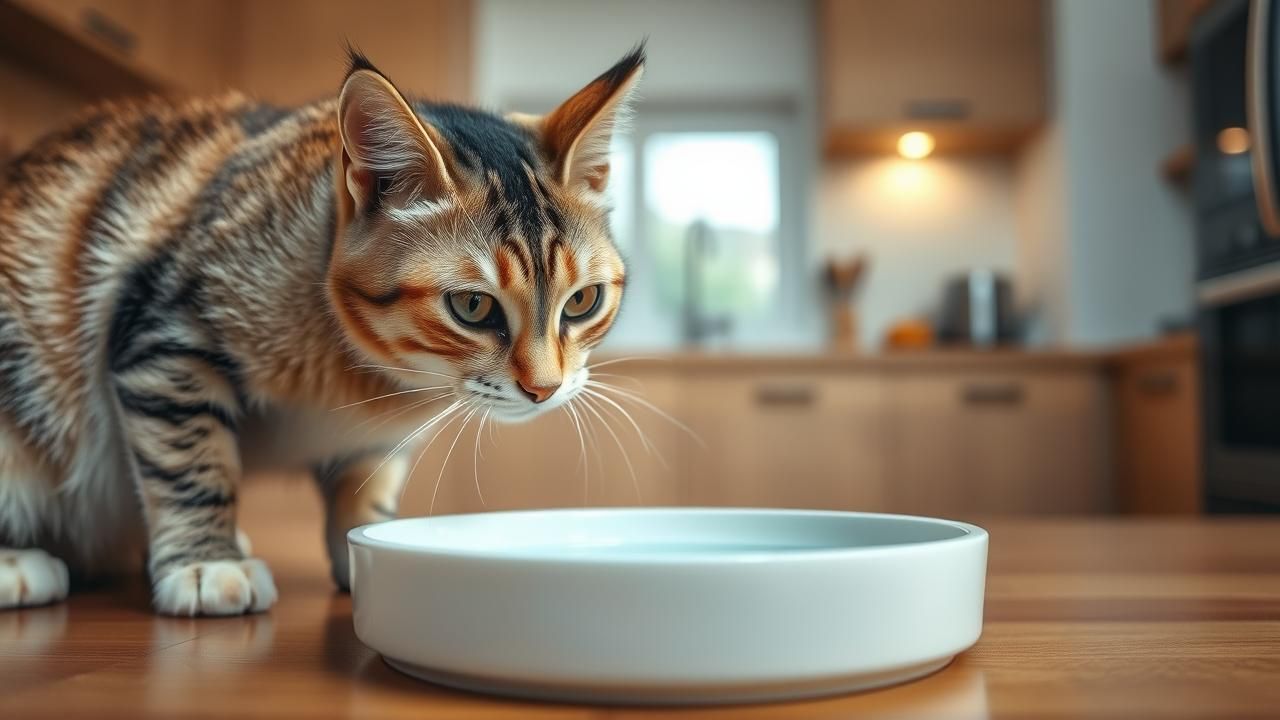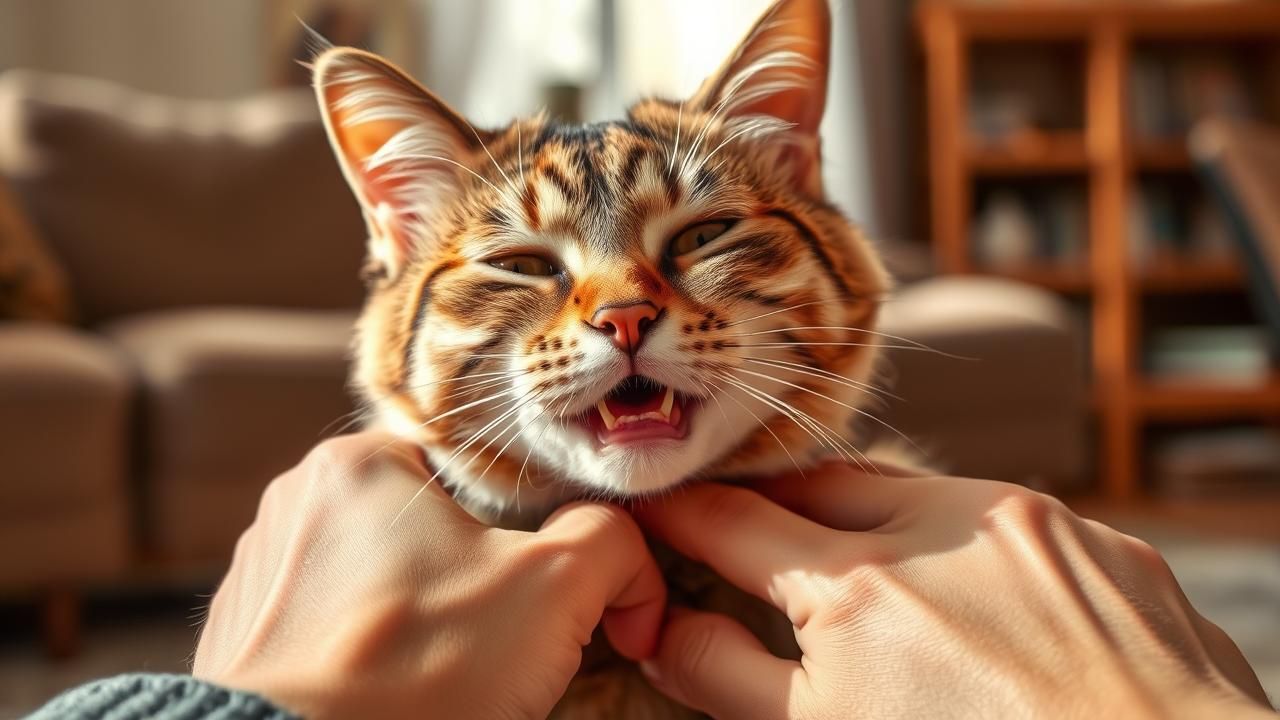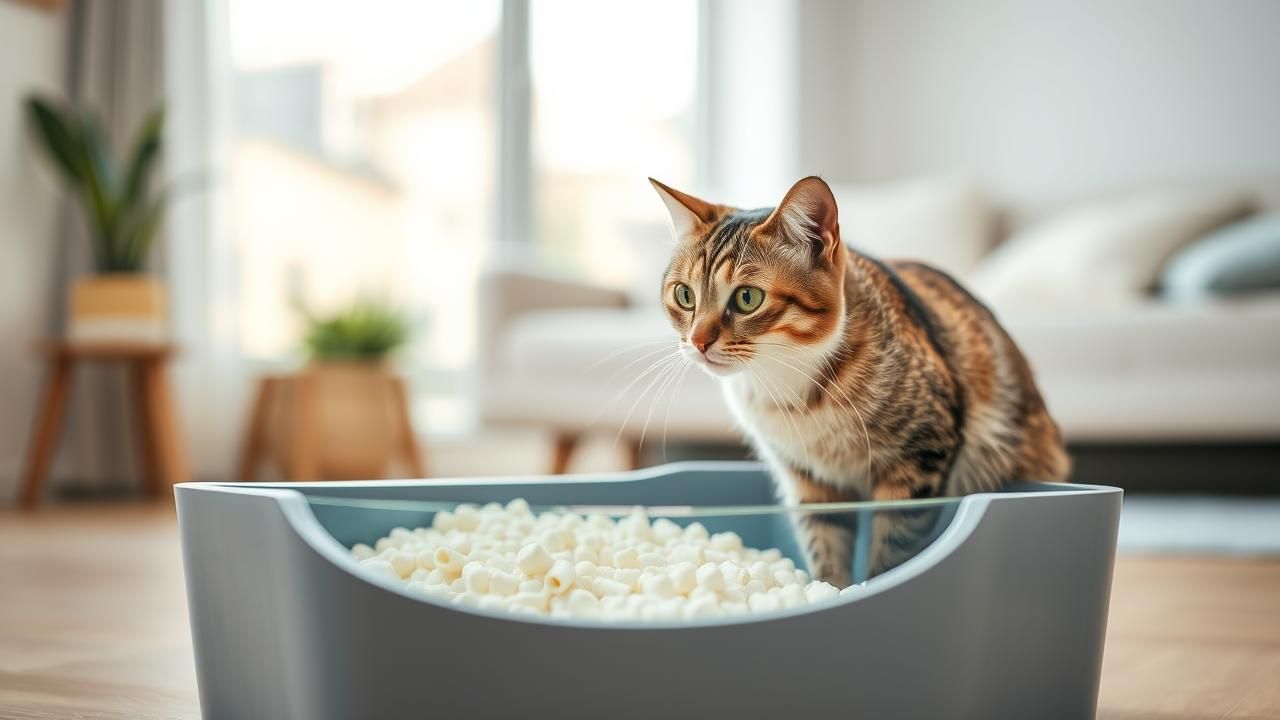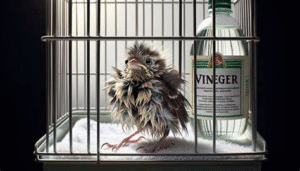Is Your Cat in Pain? Uncovering the Subtle Signs
Cats are masters of disguise, an evolutionary trait that helped their ancestors avoid predators by masking weakness or injury. Unfortunately, this instinct means they often hide their pain from the very people who care for them. Recognizing discomfort requires a keen eye for subtle shifts in their daily routines and behavior. If you notice any of the following signs, your feline friend may be trying to tell you something is wrong.
Behavioral and Social Changes
Often, the first clues are behavioral. A change in your cat’s typical personality or habits can be a significant red flag.
- Changes in Interaction: A normally social cat may suddenly become withdrawn, hide more often, or avoid being petted or picked up. Conversely, a typically independent cat might become unusually clingy. International Cat Care notes that uncharacteristic aggression, such as hissing or swatting when approached, is a common pain response.
- Litter Box Issues: Urinating or defecating outside the litter box is a frequent sign of a problem. Conditions like arthritis can make it painful to climb into a high-sided box, while a urinary tract infection can cause discomfort during urination, leading the cat to associate the box with pain. Cornell Feline Health Center explains this connection between pain and inappropriate elimination.
- Altered Appetite and Thirst: A cat in pain, especially with dental or abdominal issues, may eat or drink less than usual. You might notice them dropping food, chewing only on one side of their mouth, or showing interest in food but then turning away.
Changes in Activity and Grooming
How your cat moves and cares for itself provides critical insight into its physical well-being.
- Reduced Activity: A reluctance to jump onto furniture, use stairs, or engage in play can indicate joint pain from conditions like arthritis. You may also observe a stiff gait, limping, or difficulty getting up after resting. American Animal Hospital Association (AAHA) identifies these mobility changes as key pain indicators.
- Changes in Grooming: Cats are meticulous groomers. A decrease in grooming can lead to a matted or unkempt coat, often because pain or stiffness prevents them from reaching certain areas. Conversely, a cat might excessively lick or chew at a specific spot on its body that is a source of pain.
- Hunched Posture: A cat experiencing abdominal pain will often sit in a hunched or guarded posture, with its back arched and paws tucked underneath its body, resisting any attempts to be moved or touched. VCA Animal Hospitals describes this as a common sign of visceral pain.
Vocal and Facial Cues
While often subtle, a cat’s face and voice can also signal distress. Pay attention to new or unusual vocalizations like growling, hissing, or crying. Surprisingly, purring is not always a sign of contentment; cats also purr to self-soothe when they are injured or in pain. Facial cues can include squinted or closed eyes, flattened ears, and tense facial muscles—often combined into what veterinarians call a “pain face.”
CRITICAL WARNING: ‘Natural’ Remedies That Are Toxic to Cats
When your cat is in pain, it’s natural to want to find a quick and gentle solution. However, reaching for a “natural” remedy from your own medicine cabinet or pantry can have devastating consequences. Many substances that are safe for humans are highly toxic to felines due to their unique metabolism. Never give your cat any new supplement or remedy without explicit veterinary approval.
The following common items are extremely dangerous and should be kept away from your cat at all times.
Human Pain Relievers (NSAIDs and Acetaminophen)
Human over-the-counter (OTC) pain medications are one of the most common causes of pet poisoning. A cat’s liver cannot process these drugs properly, leading to severe illness or death from even a small dose.
- Acetaminophen (Tylenol): This is exceptionally toxic to cats. It causes severe damage to their red blood cells, preventing them from carrying oxygen. It also leads to irreversible liver failure. Signs of Tylenol poisoning include difficulty breathing, swollen face or paws, and a bluish tint to the gums and skin U.S. Food & Drug Administration.
- NSAIDs (Ibuprofen, Advil, Motrin, Aleve): Nonsteroidal anti-inflammatory drugs can cause severe stomach and intestinal ulcers, leading to internal bleeding. They are also a primary cause of acute kidney failure in cats Pet Poison Helpline.
Certain Essential Oils
Essential oils have become popular for aromatherapy and natural health, but they pose a significant threat to cats. Whether ingested, applied to the skin, or even inhaled from a diffuser, many essential oils can be toxic. Cats lack a specific enzyme in their liver required to metabolize the compounds found in these oils, leading to a dangerous buildup in their system VCA Animal Hospitals.
Oils that are particularly dangerous include:
- Tea Tree (Melaleuca)
- Wintergreen
- Peppermint
- Citrus (Orange, Lemon, Grapefruit)
- Pine
- Eucalyptus
- Cinnamon
- Clove
- Ylang Ylang
Exposure can cause drooling, vomiting, respiratory distress, tremors, and liver failure.
Toxic Herbs, Spices, and Plants
While some herbs are used in veterinary-approved supplements, many common kitchen herbs and household plants are toxic.
- Garlic and Onions: All members of the Allium family (including chives and leeks) are toxic to cats. They can damage red blood cells, leading to anemia. While a large amount is needed for poisoning, concentrated forms like garlic powder are especially dangerous ASPCA.
- Marijuana (Cannabis): With the legalization of cannabis, veterinary clinics have seen a sharp increase in pet toxicity cases. Ingestion can cause disorientation, low heart rate, urinary incontinence, and in severe cases, seizures and coma American Veterinary Medical Association.
- Lilies: It is critical for cat owners to know that all parts of the lily plant are extremely toxic. Ingesting even a tiny amount of the plant, or even drinking water from its vase, can cause rapid and fatal kidney failure U.S. Food & Drug Administration.
If you suspect your cat has ingested any toxic substance, treat it as a medical emergency. Immediately contact your veterinarian, an emergency vet clinic, or the ASPCA Animal Poison Control Center(United States Of America) at (888) 426-4435.











